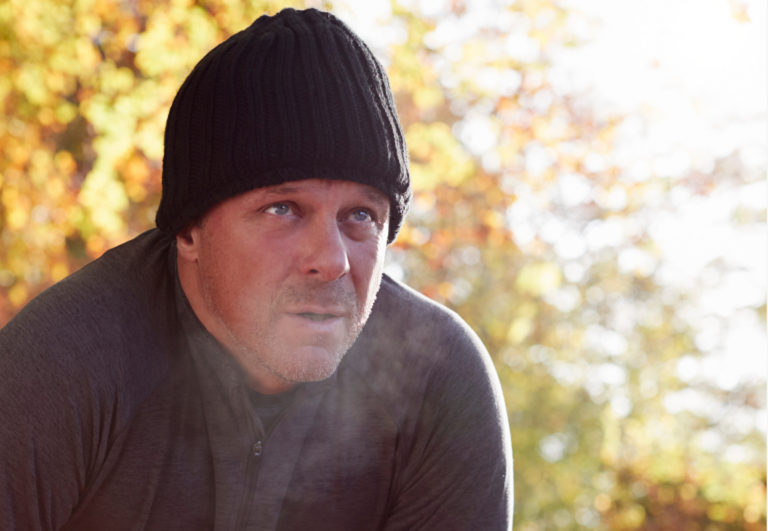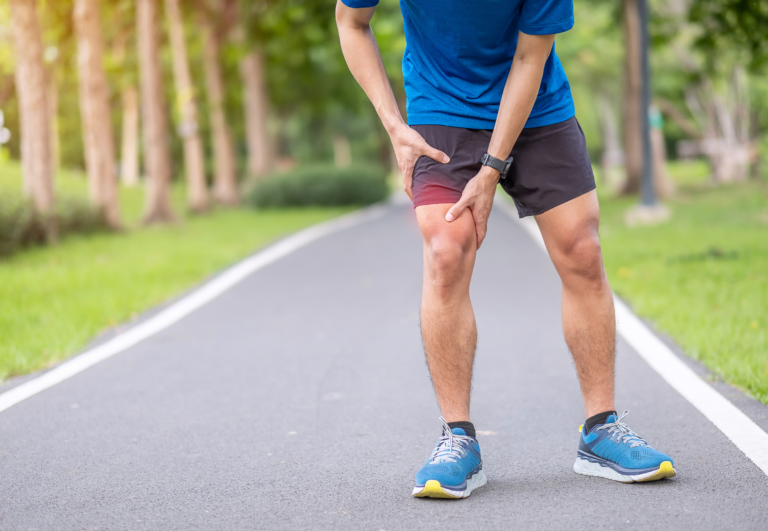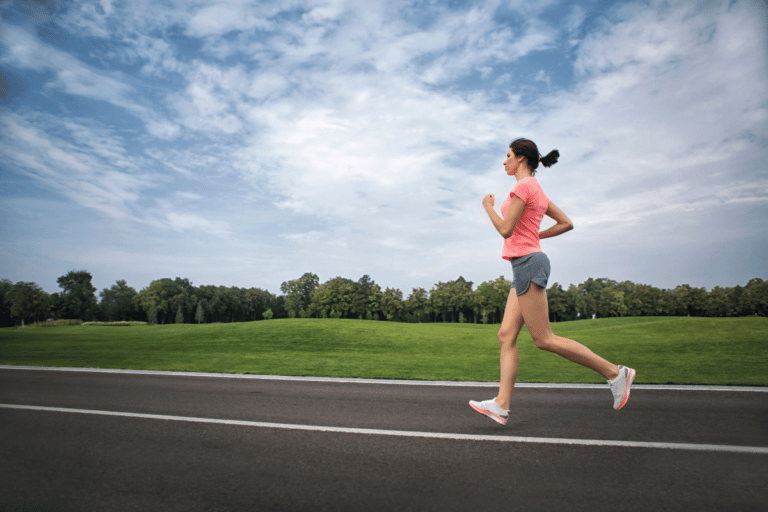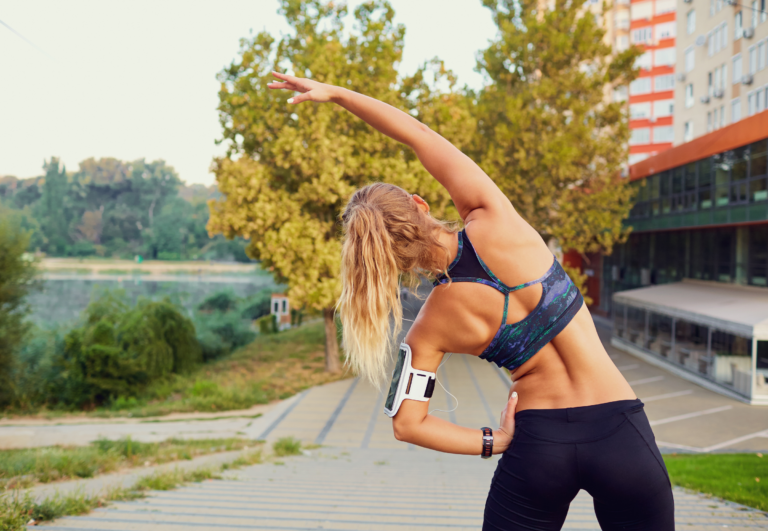Night Trail Running Essentials: Staying Safe and Geared Up on the Trails
Trail running after sunset offers an adventure that invigorates the senses but also introduces unique challenges and safety concerns. As an experienced trail runner and a certified coach, I advocate for preparedness and proper gear to ensure a safe night running experience. Understanding the environment you’re venturing into and respecting the unpredictability of wildlife and terrain is crucial.
Equipping yourself with the right gear is a cornerstone of night trail running. Visibility is paramount, so reflective clothing and a reliable headlamp or flashlight are standard necessities. Furthermore, familiarizing yourself with the trail during daylight hours can provide significant advantages when navigating the same paths at night.
Preparing for a Trail Run at Night
I know that getting ready for a night trail run requires careful selection of gear, understanding the landscape, and considering weather conditions. It’s essential to focus on visibility, navigation, and protection from the elements.
Choosing the Right Gear
For night trail running, visibility is paramount. I recommend a high-lumen headlamp to ensure the path ahead is well-lit. Opt for a model with a wide beam and the option to adjust brightness levels.
A lightweight, reflective running backpack can store essentials and improve visibility. Trail running shoes should offer grip and stability—brands like Hoka are often a good choice. Don’t forget a GPS running watch like the Fenix 7 series, which can help you track your run and navigate trails.
Essential Night Trail Running Gear:
- Headlamp: High-lumen, adjustable brightness, wide beam
- Trail Running Shoes: Grippy soles, stable, comfortable (Brand example: Hoka)
- GPS Running Watch: Accurate tracking, reliable navigation (Model example: Fenix 7 series)
- Running Backpack: Lightweight, reflective, with sufficient storage
Understanding the Terrain
I always check the trail map and bring a compass, even if I plan to use my GPS watch. Familiarizing myself with landmarks and potential hazards helps me stay safe. It’s wise to carry a mobile phone, despite potential signal issues in remote areas, to contact others in case of an emergency.
Weather and Climate Considerations
The right clothing is crucial for adapting to weather changes. I layer my clothing, choosing breathable, moisture-wicking materials that are also waterproof when needed.
Hydration should not be overlooked—I make sure my running backpack has space for a water reservoir or bottles. Checking the weather forecast before heading out allows me to prepare for temperature drops and other climatic changes.
Navigation and Safety While Trail Running at Night
Trail running at night requires not only keen awareness of your surroundings but also proper gear to ensure safety. I’ll guide you through the must-haves for staying visible, preparing for emergencies, and dealing with wildlife.
Staying Visible
My top priority is making sure I’m visible to others. I always wear a reflective vest and add reflective clothing to catch the light from any direction. It’s crucial to use a running headlamp for visibility and to see where I’m stepping. Here’s how I choose them:
- Brightness: At least 200 lumens to adequately light the path ahead.
- Comfort: A lightweight, adjustable headlamp that won’t slip as I run.
- Battery life: Long enough to last through my run, with backup batteries if needed.
Emergency Preparedness
I never hit the trails without a way to navigate and signal for help in case of emergency. Here’s what I carry:
| Item | Purpose |
|---|---|
| Map | To confirm my location and planned route |
| Whistle | For signaling during distress situations |
| Personal Alarm | To deter wildlife or potential threats |
It’s also smart to let someone know my route and expected return time before heading out.
Wildlife Encounters
Encountering wildlife is a risk during night runs. I stay alert, avoid running with headphones, and if I do come across an animal, I keep calm and back away slowly. Carrying a whistle can be useful to scare off some animals. Here’s what else I do:
- Learn about local wildlife: Understanding behavior helps me react appropriately.
- Announce my presence: Making noise can alert animals to my approach, giving them time to move away.
Hydration and Nutrition During Nighttime Trail Runs

Proper hydration and nutrition are key to successful and enjoyable night trail runs. Ensuring you have the right balance will help sustain your energy and performance.
Hydration Systems
When it comes to hydration during a run, I recommend a running hydration pack or race vest. Both should be water-resistant and fit comfortably to prevent chafing.
Look for vests with capacity for both water flasks and a bladder, giving you options based on the length of your run and personal preference. A water filter may be necessary for runs in remote areas where you’ll refill from natural water sources.
- Running Hydration Pack: Best for carrying a larger water supply and often includes space for emergency food and other essentials.
- Race Vest: More streamlined and typically lighter, designed for shorter runs or where water is readily available.
Essential Nutrition for Longer Runs
For longer runs, getting your nutrition right is vital. I advise carrying energy gels as they provide quick, digestible energy. However, don’t rely solely on gels; include solid emergency food options like bars or chews, which can feel more satiating.
- Energy Gels: Easy to consume, fast-absorbing, and can be taken without water. One gel every 45-60 minutes is a general guideline.
- Solid Foods: Should complement gels, especially during runs longer than 90 minutes, to provide sustained energy.
| Type | Advantages | Frequency of Intake | Carrying Method |
|---|---|---|---|
| Energy Gels | Quick energy, portable | 1 gel/45-60 min | Pocket in hydration pack/vest |
| Emergency Food | Sustained energy, satiating | As needed, usually on longer runs | Designated storage in pack/vest |
Personal Safety Equipment for Night Trail Runs

When embarking on night trail runs, my top priority is to ensure personal safety by carrying the appropriate equipment. From protective clothing that shields against the elements to essential gear that secures your well-being, every item plays a crucial role.
Protective Clothing and Accessories
Reflective clothing: Donning reflective clothing or accessories such as a running jacket or vest is critical for visibility during night runs. I always choose gear with high-visibility elements to make sure I can be seen by others.
- Gloves and hood: For protection against cold and rough terrain, I carry gloves and a hood. Both serve as a shield against the elements and potential hazards on the trails.
- Waterproof jacket: A waterproof jacket is indispensable for weather protection. It not only keeps me dry but also prevents hypothermia, which is a risk during night runs in cold conditions.
- Running cap and sunglasses: These are vital during daytime trail runs, with the cap providing shade and the sunglasses guarding against UV rays.
Safety Gear Essentials
Pepper spray: Carrying pepper spray gives me an extra layer of defense against potential wildlife encounters or threats from others.
- Mobile phone: The most critical item I carry is my mobile phone, not only for GPS and tracking but also for emergencies.
- Emergency foil blanket: An emergency foil blanket, lightweight yet space-efficient, is a essential part of my kit for unexpected situations.
- Neck gaiter: I wear a neck gaiter that can serve multiple functions, from warmth to dust protection.
- ID tag: An ID tag with my information is always attached to my gear. Should anything go wrong, this enhances the chance of quick assistance.
By incorporating these personal safety items into my gear checklist, I protect myself and prepare for a safe night trail running experience.
Recovery and Maintenance
After a night trail run, prioritizing recovery and gear maintenance helps you stay at the top of your game and ensures your equipment remains in prime condition. I’ll share essential tips for effective post-run recovery and routine gear upkeep.
Post-Run Recovery
Following a night run, it’s crucial to manage your body’s adaptation to the stress of the activity. First aid might be necessary for any immediate injuries, but general recovery revolves around reducing inflammation and replenishing your body. I recommend a combination of hydration, nutrition, and proper rest:
- Hydration: Replenish fluids lost to sweat, especially if you’ve worn sweat-wicking fabric that draws moisture away from the body.
- Nutrition: Consume a balanced meal with carbohydrates and protein within an hour post-run to aid muscle recovery.
- Rest: Ensure you get quality sleep to help your body repair and prepare for the next run.
Considering any change in altitude or climate is also key. If you’ve run in higher altitudes or varying weather conditions, give yourself more time to recover.
Gear Maintenance
Taking good care of your night trail running gear extends its life and performance. Here’s a succinct guide to maintaining key items:
- Trail Running Shoes: Clean off any dirt and debris after each run; dry your shoes properly if they’re wet.
- Technical Running Cap and Headband: Wash these items regularly to remove sweat and bacteria build-up.
- Reflective Clothing: Check for any wear and tear that could affect visibility; clean according to manufacturer guidelines without damaging reflective materials.
Maintain a routine inspection of your gear to identify any wear or damage, ensuring everything is operational for your next night-time adventure.






